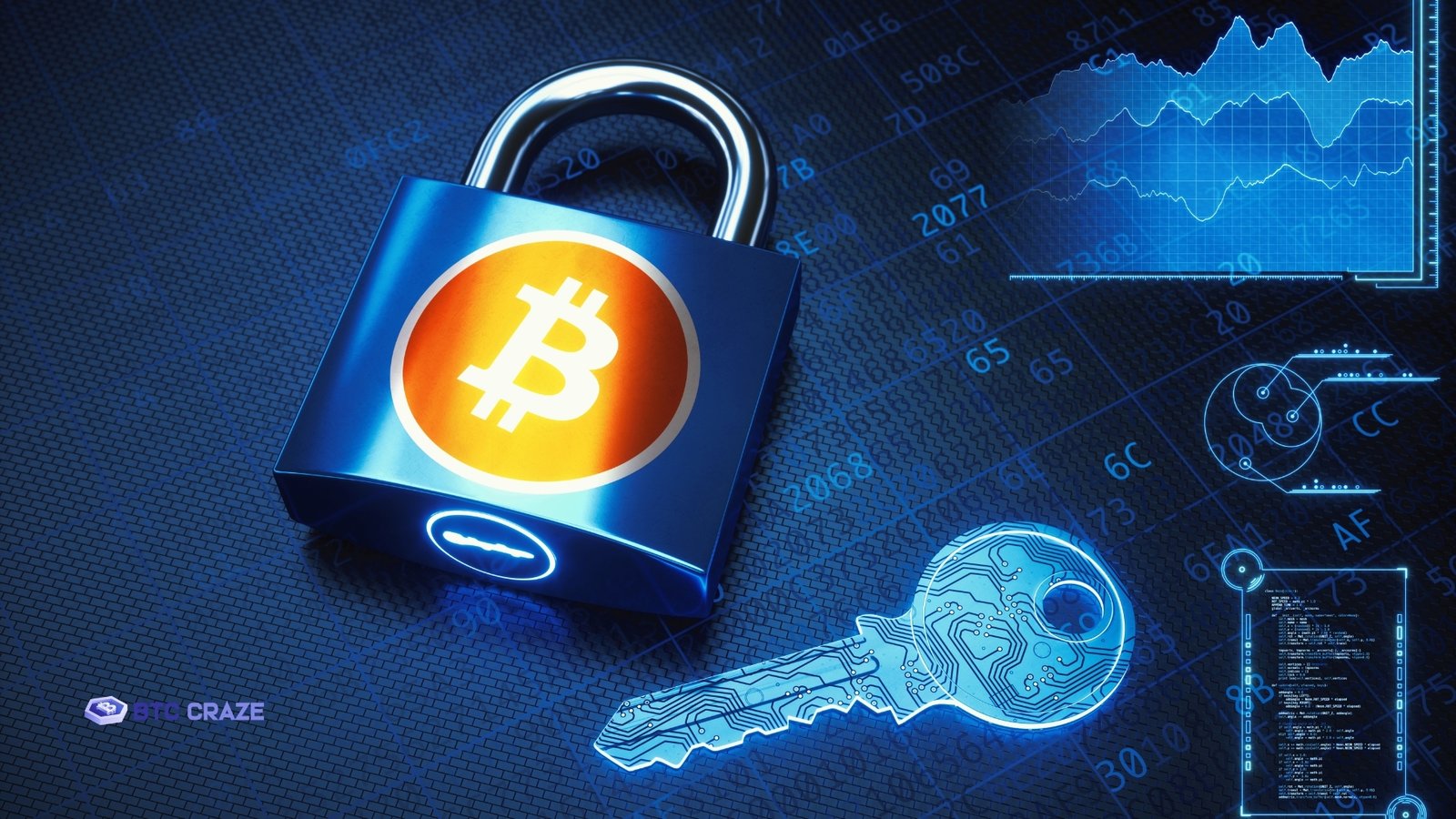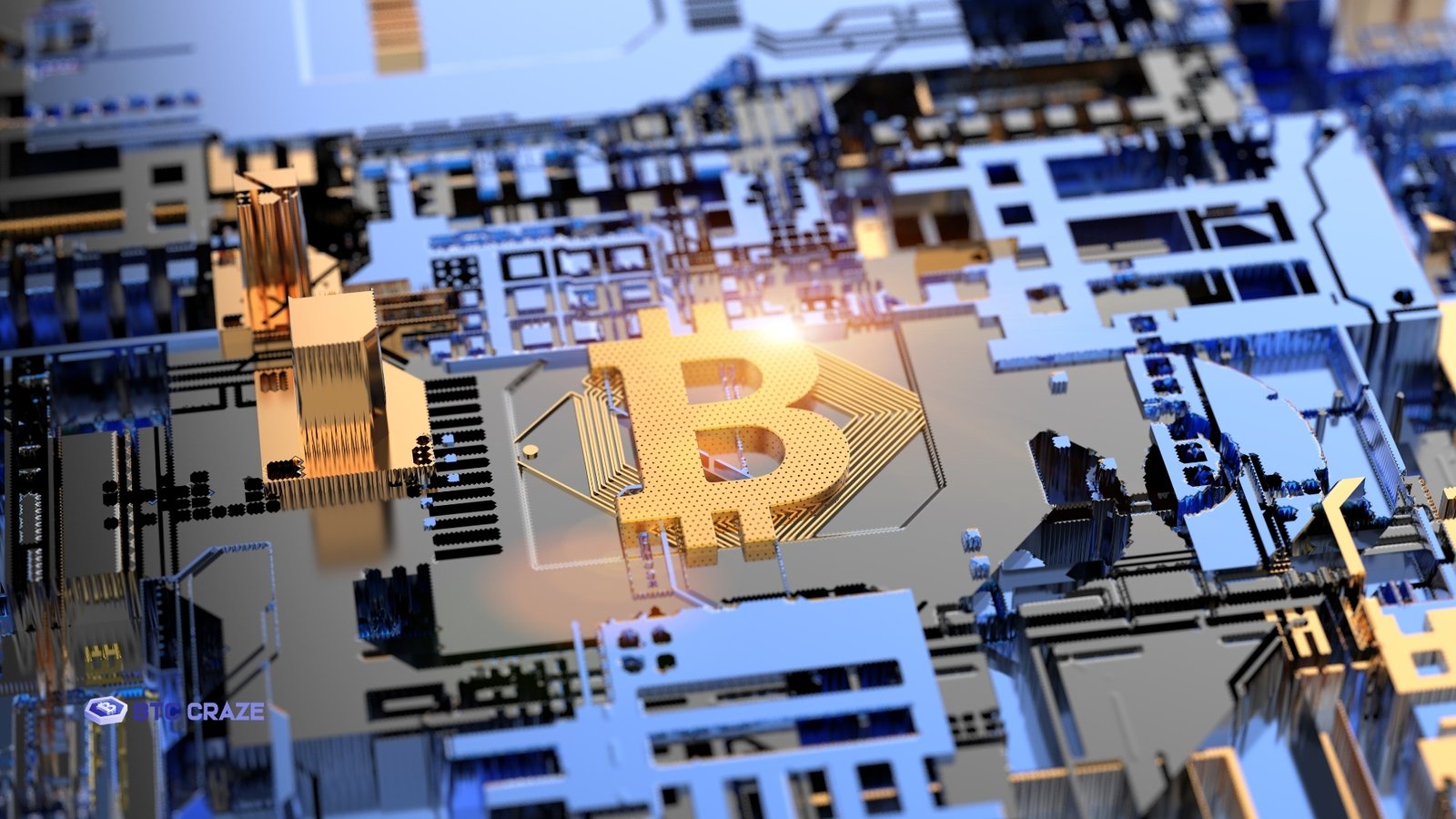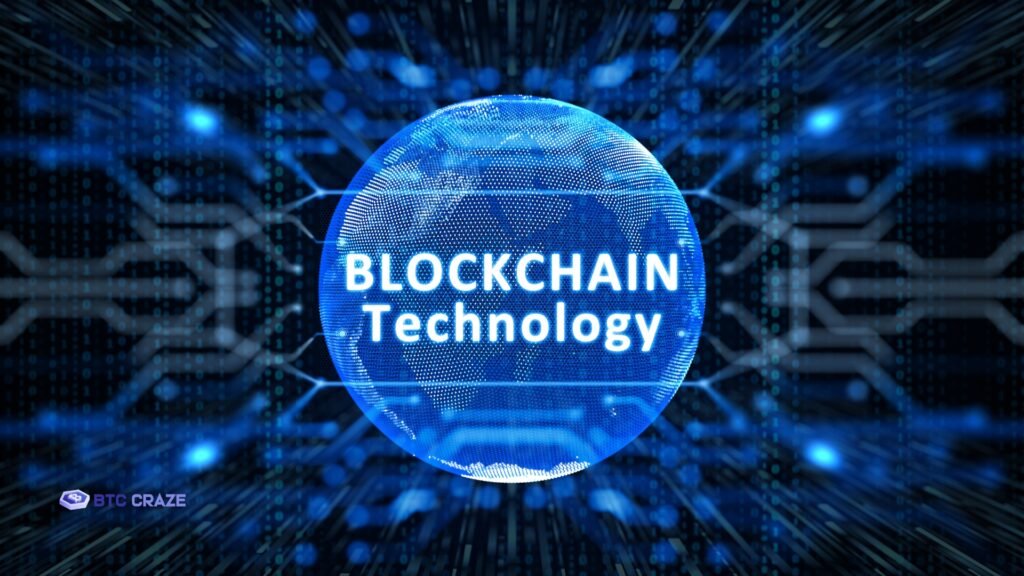In the wake of blockchain’s revolutionary impact on sectors as diverse as logistics and banking, mining technology has grown into an integral part of the ecosystem as a whole. Although most people think of Bitcoin when they hear “mining,” the idea has many other uses beyond that. Mine helps keep the blockchain network secure and powers the decentralized systems of other cryptocurrencies. This article discusses blockchain mining’s history, operation, and future.
Getting Started with Blockchain Mining
Blockchain mining essentially entails verifying transactions on a network and adding them to the distributed ledger, often known as the blockchain. Openness and safety are guaranteed by this process being decentralized, meaning that no one entity has command.
Ethereum and Bitcoin are examples of Proof-of-Work (PoW) blockchains; mining on these networks entails solving difficult cryptographic challenges. Miners compete to solve these puzzles to add the next block to the chain. The first one to do so usually earns a reward: money.
The mining process serves three primary purposes:
Transaction Verification: Miners validate and confirm user transactions, ensuring no double-spending or fraud occurs.
Network Security: By decentralizing the verification process, mining makes it difficult for malicious actors to alter the blockchain, as they would need to control more than 51% of the mining power.
New Coin Creation: Mining also introduces new coins into circulation.
Key Components of Blockchain Mining
Several critical elements ensure that blockchain mining functions smoothly:

Nodes are computers that participate in the network, maintain a copy of the blockchain, and verify transactions. Full nodes store the entire blockchain history, while lightweight nodes verify only the most recent transactions.
Mining Hardware: Initially, Bitcoin could be mined using standard CPUs (Central Processing Units). However, as the difficulty of the mining puzzles increased, specialized hardware—namely, GPUs (Graphics Processing Units) and ASICs (Application-Specific Integrated Circuits)—became necessary for competitive mining.
Consensus Mechanism: Most blockchains use a consensus mechanism to ensure all participants agree on the network’s state. Proof of Work (PoW) is one of the most common, but other mechanisms like Proof of Stake (PoS) and Proof of Capacity (PoC) are growing in popularity.
Evolution of Blockchain Mining Technology
Mining technology for blockchains has come a long way since Bitcoin was first introduced in 2009. Bitcoin mining was first possible on regular desktop computers. But as the network expanded and additional miners signed up, the competition heated up, necessitating greater processing power. This is the historical progression of mining technology:
CPU Mining: Bitcoin mining could be done on regular computers using their CPUs in the early days. This was efficient enough when the network had fewer participants and less competition.
GPU Mining: As more people joined the network, mining difficulty increased, and CPUs could no longer handle the computational demands efficiently. GPUs, primarily used for rendering graphics, proved much more effective for mining due to their parallel processing capabilities.
ASIC Mining: Eventually, companies began designing hardware specifically for mining. ASICs (Application-Specific Integrated Circuits) are chips designed solely for mining-specific cryptocurrencies. While incredibly efficient, ASIC mining has also raised concerns about centralization, as only those who can afford these expensive machines can compete in the mining process.
Mining Pools: With mining becoming more resource-intensive, individual miners often found it difficult to mine a block independently. Mining pools emerged as a solution, allowing miners to pool their resources and share the rewards based on the computational power they contribute.
Energy Efficiency Improvements: Due to the increasing energy consumption associated with blockchain mining, especially PoW systems like Bitcoin, there has been a push toward more energy-efficient mining processes. Some solutions include more energy-efficient hardware and alternative consensus mechanisms like PoS, which don’t require intensive computing power.
Challenges and Criticisms of Blockchain Mining

Energy Consumption
The energy required for blockchain mining is a major point of contention, especially in PoW systems. For example, Bitcoin mining uses more energy each year than several countries. The environmental effect of mining has become a major worry, and critics have pointed out that this approach cannot be sustained in the long run.
In light of this, several projects aim to reduce the energy consumption of blockchain mining. Several initiatives are switching from PoW to PoS or another consensus technique that uses less energy. To lessen the environmental impact of mining, some are looking into other energy sources like hydroelectric, wind, or solar electricity.
Centralization of Mining Power
Despite blockchain’s reputation for decentralization, the excessive hardware and electricity costs have led to mining being more centralized in certain instances. Countries with lower electricity have been the preferred location for large mining operations, particularly those using ASICs, and they frequently exert a dominant influence on the mining process. This concentration of mining power is violating the fundamental decentralized spirit of blockchain.
Regulation and Legal Challenges
Blockchain mining, particularly as it pertains to cryptocurrencies, has garnered the attention of governments worldwide. Because of worries about energy usage and financial stability, some nations have explicitly forbidden cryptocurrency mining. One such country is China. The stringent regulations others impose could impact mining enterprises’ profitability and sustainability.
Blockchain Mining’s Future
Though it has achieved some success, blockchain mining has encountered several difficulties, which have necessitated some adjustments. This sector will be driven by certain trends in the years to come.
Transition to Proof-of-Stake
In light of Ethereum’s smooth adoption of Proof-of-Stake (PoS), other projects are abandoning the power-hungry PoW paradigm. Proof-of-Stake (PoS) redirects the emphasis away from computational power and onto the number of coins users hold, allowing them to validate transactions and generate new blocks. In doing so, we lessen our impact on the environment and cut down on energy use.
Eco-Friendly Mining Solutions
The evolution of environmentally friendly mining practices is another current trend. More and more mining activities are being powered by renewable energy sources, both by individual companies and larger initiatives. As a result, mining is less harmful to the environment and more sustainable in the long run.
Quantum Computing
Blockchain mining may also see a dramatic shift in quantum computing. The development of quantum computers has only just begun, but they have the potential to greatly improve mining efficiency by decreasing the amount of time needed to solve cryptographic problems. Quantum computers can crack existing cryptographic algorithms, which could lead to the need for new encryption methods, one of the security concerns associated with this technology.
Decentralized Mining Pools
Another new development that has the potential to combat mining power concentration is decentralized mining pools. The decentralized principle of blockchain may be preserved through these pools, which enable smaller miners to compete by allowing them to work together without depending on a central authority.
Summary
Blockchain mining has evolved from CPU mining to ASIC rigs. Mining will always be essential to decentralized networks, even as the blockchain ecosystem evolves and expands. However, energy usage, centralization, and regulation must be managed to secure mining’s long-term viability.
Innovation, in the form of new consensus methods, energy-efficient techniques, or revolutionary technology like quantum computing, will determine the mining industry’s fate in the blockchain. Whether mining remains important in blockchain technology’s future depends on the industry’s capacity to adapt and overcome these obstacles.
Also Read: The Role of a Blockchain Engineer in Today’s Digital Economy

